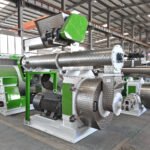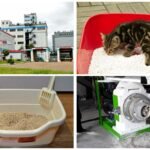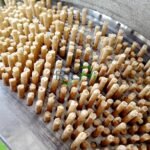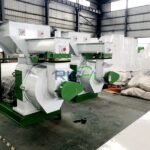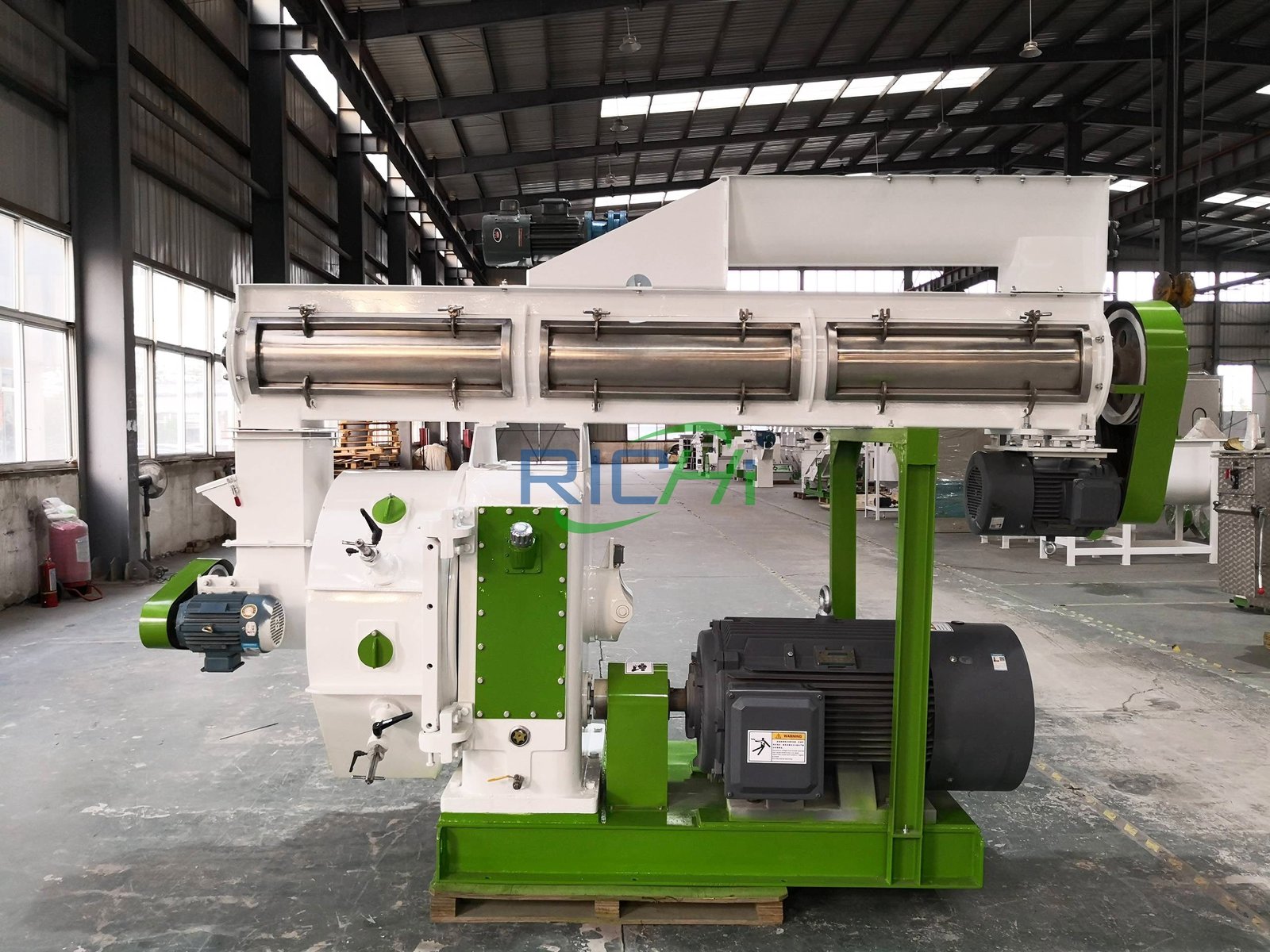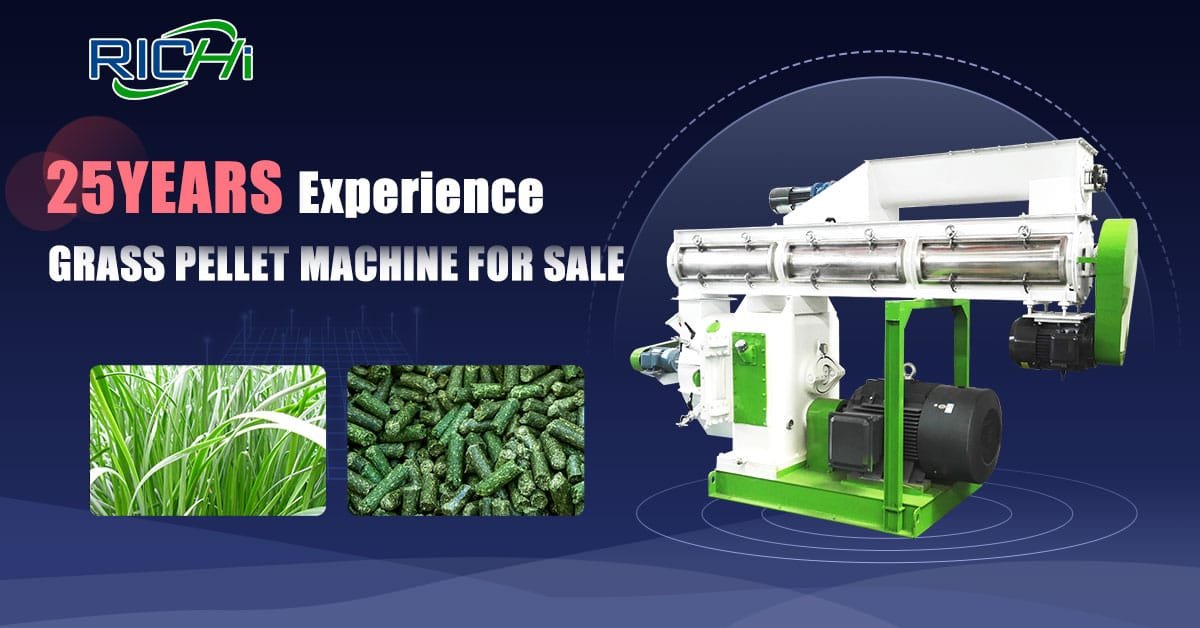Pig feed pellet machines are vital in modern swine farming, converting raw feed ingredients into compact, digestible pellets. As energy costs are a significant factor in agricultural operations, understanding the energy consumption of these machines is crucial for farmers and feed manufacturers. This article explores various aspects of energy consumption in pig feed pellet machines, the factors affecting it, and strategies for optimization.
Understanding Energy Consumption in Pig Feed Pellet Machines
Energy consumption in pig feed pellet machines is typically measured in kilowatt-hours (kWh) per ton of feed produced. On average, modern machines consume between 15 to 45 kWh per ton of feed, influenced by several factors such as machine size, feed composition, and operational efficiency.
Factors Influencing Energy Consumption
Several key factors affect the energy consumption of pig feed pellet machines:
- Machine Capacity and Size:
- Larger machines generally have better energy efficiency per ton of feed produced.
- Smaller machines may consume more energy relative to their output.
- Feed Formulation:
- The composition of the feed mixture significantly impacts energy requirements.
- Feeds with higher fiber content or harder ingredients typically require more energy to pelletize.
- Moisture Content:
- Optimal moisture content (usually between 15-17%) can reduce energy consumption.
- Too dry or too wet feed mixtures increase energy demands.
- Die and Roller Configuration:
- The design and condition of the die and rollers affect pelleting efficiency.
- Worn dies or improperly adjusted rollers can increase energy consumption.
- Preconditioning:
- Effective preconditioning of feed ingredients can reduce energy requirements in the pelleting process.
- Steam conditioning can significantly lower energy needs.
- Operational Parameters:
- Factors like production rate, die speed, and roller-die gap affect energy use.
- Optimizing these parameters can lead to substantial energy savings.
- Maintenance and Equipment Condition:
- Well-maintained machines operate more efficiently.
- Regular cleaning, lubrication, and parts replacement can reduce energy waste.
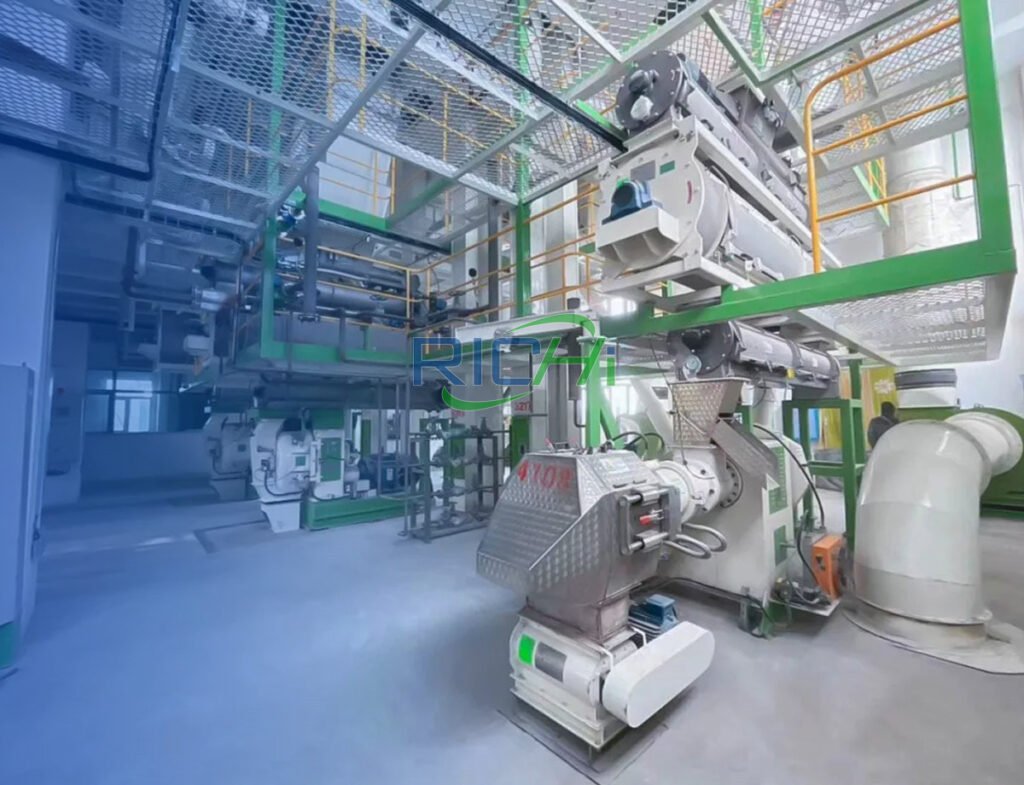
Breakdown of Energy Consumption
In a typical pig feed pellet machine, energy is consumed at various stages:
- Grinding and Mixing (if integrated): Accounts for about 20-30% of total energy consumption. Energy use varies based on ingredient hardness and desired particle size.
- Conditioning: Represents approximately 10-15% of energy use. Steam conditioning can reduce overall energy consumption by softening ingredients.
- Pelleting Process: The core operation consumes 50-60% of total energy. This includes the energy required to force feed through the die.
- Cooling and Drying: Accounts for about 5-10% of energy use. Energy consumption here depends on ambient conditions and desired final moisture content.
Energy Efficiency Strategies
To optimize energy consumption in pig feed pellet machines, consider the following strategies:
- Proper Machine Sizing:
- Choose a machine that matches production needs to avoid inefficiencies from under or over-utilization.
- Optimize Feed Formulation:
- Work with nutritionists to develop feed formulations that balance nutritional needs with ease of pelleting.
- Consider using binders or lubricants to reduce energy requirements.
- Moisture Management:
- Implement precise moisture control in the feed mixture.
- Utilize effective preconditioning to achieve optimal moisture levels.
- Regular Maintenance:
- Adhere to a strict maintenance schedule to keep all components in peak condition.
- Regularly check and replace dies and rollers to maintain efficiency.
- Process Optimization:
- Fine-tune operational parameters like production rate and die speed.
- Implement process control systems to maintain optimal conditions.
- Energy-Efficient Motors:
- Use high-efficiency electric motors and consider variable frequency drives for better control.
- Heat Recovery Systems:
- Implement systems to recover and reuse heat generated during the pelleting process.
- Regular Energy Audits:
- Conduct periodic energy audits to identify areas for improvement. (Related post: rabbit pellet machine)
Case Studies in Energy Efficiency
Several case studies highlight the potential for energy savings in pig feed pellet production:
- A large pig farm in Iowa, USA, reduced energy consumption by 20% after optimizing their pellet mill’s die and roller configuration and implementing a more efficient preconditioning process.
- A feed manufacturer in Germany achieved a 15% reduction in energy use by upgrading to a new, more efficient pellet mill and implementing advanced process control systems.
- A cooperative of pig farmers in Denmark saw a 25% decrease in energy costs after investing in a heat recovery system and optimizing their feed formulations for easier pelleting.
Future Trends in Energy Efficiency
The future of pig feed pellet machines is likely to see further improvements in energy efficiency through:
- Advanced Materials: Development of more durable, low-friction die and roller materials.
- Artificial Intelligence: AI-driven process optimization for real-time adjustments to maximize efficiency.
- Integrated Renewable Energy: Incorporation of solar or biogas energy sources to power pellet production.
- Improved Motor Technology: Development of even more efficient electric motors and drive systems.
Conclusion
Understanding and optimizing the energy consumption of pig feed pellet machines is essential for maintaining cost-effective and sustainable swine farming operations. While average energy consumption ranges from 15 to 45 kWh per ton of feed produced, significant reduction potential exists through careful machine selection, proper maintenance, and process optimization.
By focusing on factors such as feed formulation, moisture content, equipment condition, and operational parameters, farmers and feed manufacturers can substantially lower energy costs. Implementing energy-efficient strategies not only leads to cost savings but also contributes to more sustainable agricultural practices.
As technology advances, further improvements in energy efficiency for pig feed pellet machines are expected. These advancements, combined with a growing emphasis on sustainable farming practices, will likely drive continued innovation in this field.
Ultimately, the pursuit of energy efficiency in pig feed pellet production is not just about reducing costs; it is about creating a more sustainable and efficient food production system. As global demand for pork continues to rise, efficient feed production will play a crucial role in meeting this demand while minimizing environmental impact and maximizing economic returns for farmers.



